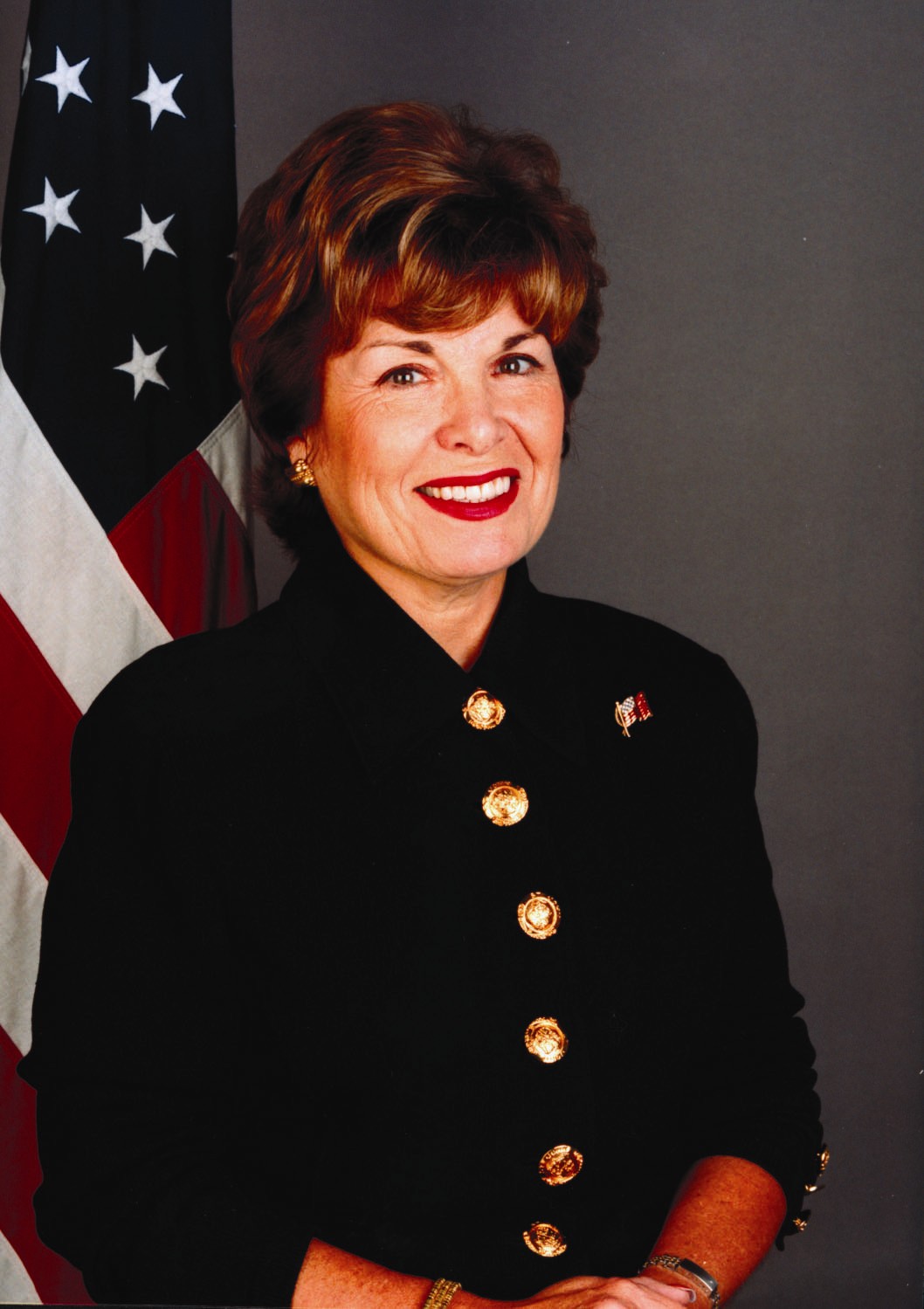Nice Above Fold - Page 902
- In today’s Washington Post, public broadcasters and reporters labeled with the scarlet “L” respond to the content analysis study commissioned by CPB Chairman Kenneth Tomlinson. The Los Angeles Times and New York Times also report on the study in today’s editions. Sen. Byron Dorgan (D-N.D.), who released the study, called it “a little nutty.”
- Pubcasters should be thrilled that the House restored CPB’s 2006 funding, but “that price will be paid, as is so often the case in today’s Washington, by the people who depend on government help for essential health care and education and job-training services,” writes David Broder in the Washington Post. The columnist looks at the programs that were cut to enable return of the system’s funds.
- CPB’s bipolar approach to political programming extends to its $20 million “America at a Crossroads” project, the New York Times reports. First, the corporation gave a preliminary grant for a film about controversial neocon and former Bush advisor Richard Perle to an old Perle pal. Then it commissioned a critical examination of Bush foreign policy to balance the first film. “I think the American tradition of journalism is that if something is controversial, the initial treatment of it would provide sufficient balance,” said Tom Rosenstiel, director of the Project for Excellence in Journalism, who helped PBS update its editorial guidelines.
- In an epilogue to her feature on pubcasting funding, On the Media co-host Brooke Gladstone reveals that Lyndon Johnson invented the Internet [RealAudio file] — or at least foresaw it at the time he was godfathering public broadcasting. The BBC will double spending on journalism training to 10 million pounds a year, but has decided to do it online rather than creating a bricks-and-mortar college, The Scotsman of Edinburgh reported.
- The New York Times Magazine profiles Nic Harcourt, music director at KCRW-FM in Santa Monica, Calif.: “At a time in radio when D.J.’s generally possess little personality and no responsibility for choosing the music they play, he has emerged as the country’s most important disc jockey and a genuine bellwether.”
Over objections, CPB hires Patricia Harrison as president
The CPB Board followed its own inclination over the urgings of numerous public broadcasters last week, naming former GOP chair Patricia S. Harrison as the corporation’s next president.Opponents want him gone, but Tomlinson sits tight
The White House confirmed that Tomlinson will not be dismissed.
Featured Jobs




